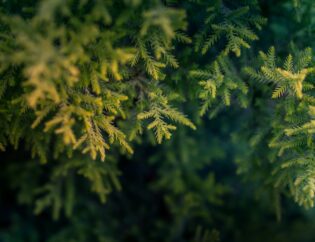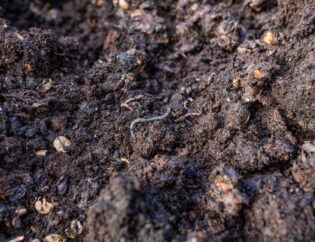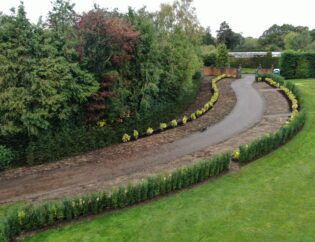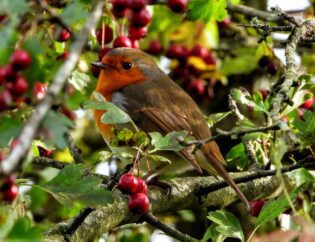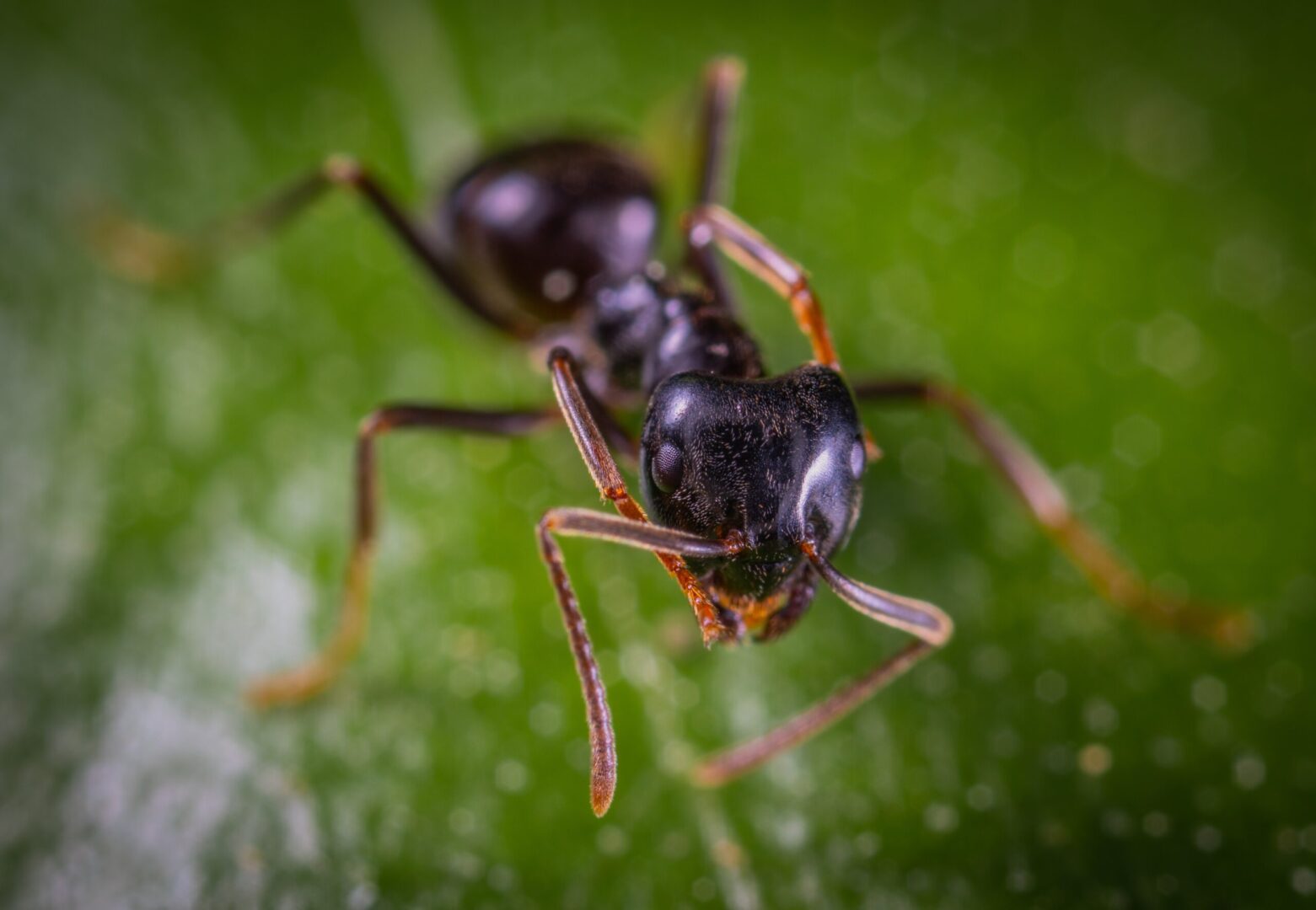
AYE’S ADVICE: HOW TO MANAGE COMMON LAWNPESTS
There are many insects that live in and feed on your lawn, but most will live happily alongside you without causing noticeable damage. Sometimes though, these creatures will make their presence known, through yellowing turf, a slow down of your lawn’s growth, or other signs that something is wrong. These symptoms can also be caused by other problems, but in this post, Aye Landscape Construction takes you through some of the main culprits, so that you can try and diagnose the problem yourself before calling in an experts.
Earthworms
Earthworms are a good indicator that the soil in your garden is healthy. They help to cultivate and improve the soil by eating the soil and thatch, and as these materials pass through the worm, they are mixed, digested and excreted back into the soil. If the turf is particularly wet, you may see the evidence of this on the surface of the lawn, as “worm casts” left behind, showing that the worm was active on the surface of the soil rather than underneath it. They may be a little untidy, but our earthworms are beneficial for your turf and are an important part of your garden’s ecosystem.
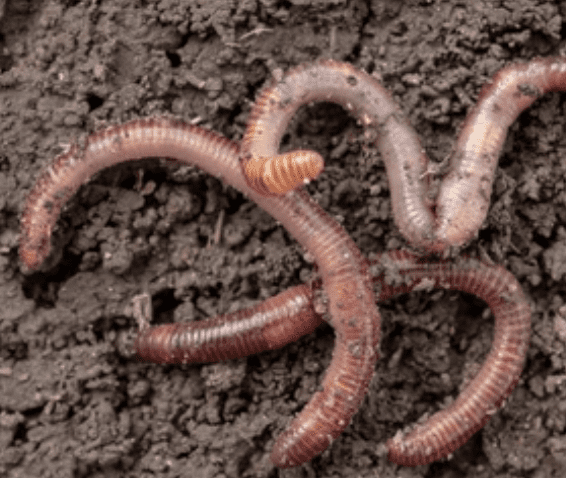
You can sweep the casts away when they are dry, or better still, implement a good routine of lawn care which will prevent the soil becoming too wet, which will encourage our wriggly friends to the surface.
Ants
Ant hills can disfigure lawns and are more common where the soil is light and sandy. They can be dispersed by brushing the soil when dry, which is preferable to mowing over them which will over time lead to an uneven lawn. Ants can also damage grass roots which may cause yellowing. Ants can be controlled by treating the area with a biological nematode from April to October when the soil temperature is warm enough for them to be active. The nematode act as an irritant and displace the ants from their colonies. Where ant levels are very high, you will need to repeat applications to stop the ants returning to the colony.
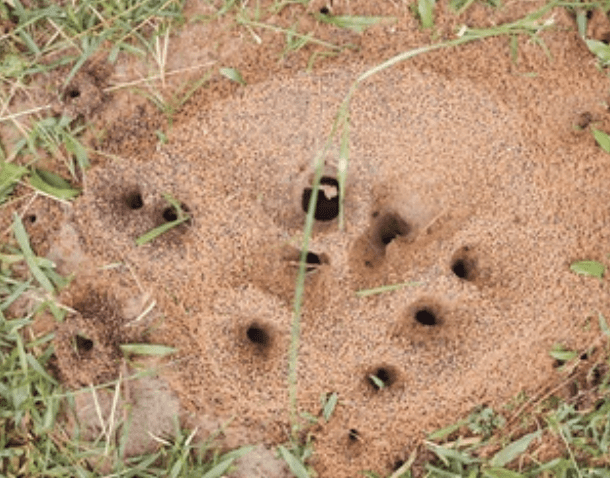
Leatherjacket larvae
Leatherjackets are the larvae of the European Crane Fly (commonly known as Daddy Long Legs). The larvae feed on the roots of grass plants from late summer through to spring when they pupate in the soil. They generally stay underground in the day, moving up into the leaves of the grass at night. The larvae are easily dried out by the sun, but you may spot them on a cloudy day when the turf is wet –they are about 25mm long and with grey/brown leathery skin. The larvae are a pest to lawns throughout late summer to spring, but they do the most damage in the spring when they are fully grown.
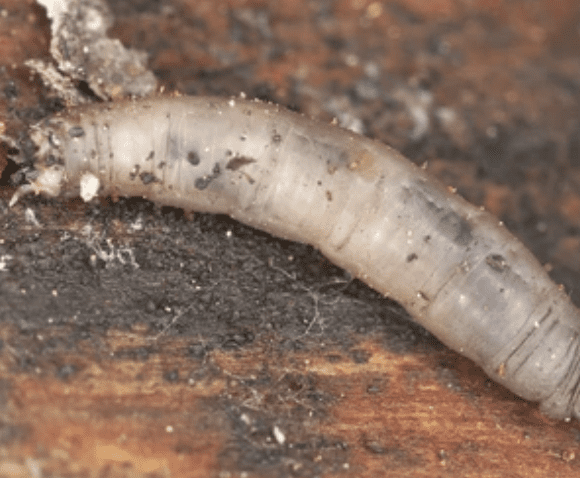
You may notice yellowing, weak areas of your grass where the roots have been damaged; the grass can be easily pulled up and have very little or no root growth. Birds and small garden creatures love feasting on leatherjacket larvae, and can cause secondary damage by digging up turf in their search for a meal.
You can remove the larvae by hand, or by applying a biological nematode, which kill them within a few weeks. As the nematode are specific to the pest concerned it is a safe way to get rid of the pests, without harming children, pets, wildlife and the environment. Application should be between late August and the end of October, with a second application sometimes required in the spring if the infestation is severe, and only once the soil temperature has reached 10°C.
Chafer grubs in lawns
Chafer grubs are the larvae of the chafer beetle and are another garden pest that feed on the roots of grass plants. The larvae hatch in the summertime and feed on grass roots until late September when they move deeper into the soil to pass the winter. The larvae have white bodies, light brown heads and three pairs of legs. When the larvae are small, they won’t cause much damage to your grass (unless they are in very high numbers), but they can cause damage as they grow bigger.
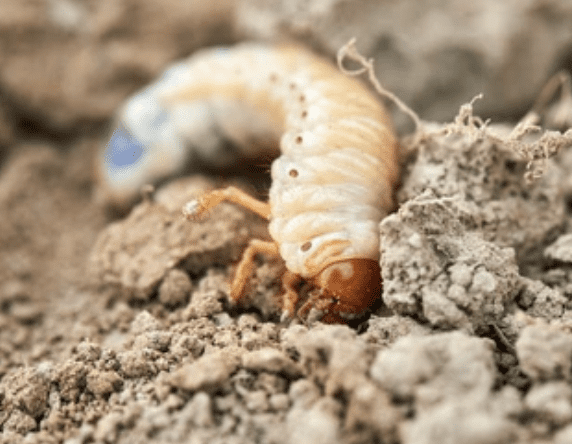
You may notice straw-coloured weak areas of grass where the roots have been damaged, but in most cases the larvae are discovered only when birds and mammals, such as badgers or foxes, rip up the turf looking for the grubs. Female chafer beetles prefer moist conditions and so the lawn should not be watered if adult chafer beetle activity is seen. However, where you have noticed the larvae, you should keep the lawn well-watered to try and counteract the grass from dying due as a result of the weakened roots. As with the leatherjacket larvae above, the chafer grubs can be removed by hand or by the application of a biological nematode. Chafer grub killer can also be applied from late July until October.
Bibionid flies (Fever Fly, St Marks Fly)
Bibionid flies are stout, black, hairy flies with short wings, from 6 to 10mm in length. Swarms of them can sometimes be seen hovering above the lawn on sunny days. Adult fever fly can be seen from March to October. Another common species, the St Mark's fly, appears between the end of April and May. Bibionid flies lay around 30 eggs at a time, resulting in small clumps of larvae. They lay the eggs in grassland and soils high in organic content between May and August, hatching in late summer. The larvae can be pale or dark grey/brown with a dark brown/black head and are between 13 to 15mm long.
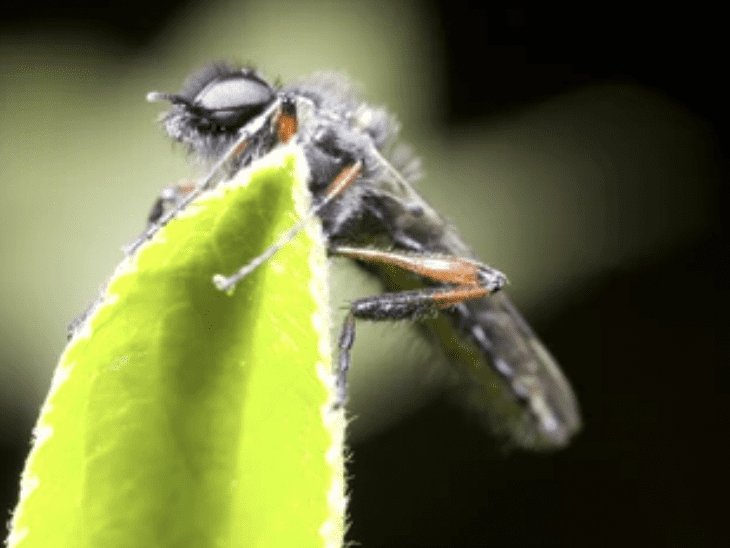
They look similar to chafer grubs, but bibionids do not have legs and their body is relatively long and thin compared to chafer grubs. The larvae usually feed on organic matter around the base of the grass plants. Occasionally, small yellowing patches can occur during November and December where the roots have been severed. Secondary damage may also be caused by birds searching for the larvae. There are currently no chemical controls for use against bibionid flies, but reducing organic matter–such as removing clippings and managing thatch levels-can help to keep them under control.
Moles
Moles can have a devastating effect on any lawn, although they are most common in sandy, well-drained soils where there is a high population of earthworms, their main food source. Their tell-tale mole hills may suddenly appear overnight, but also beware of their tunnelling activity causing an uneven lawn if the tunnels collapse. Moles won’t usually eat your plants, but may eat through plant roots as part of their tunnelling efforts.
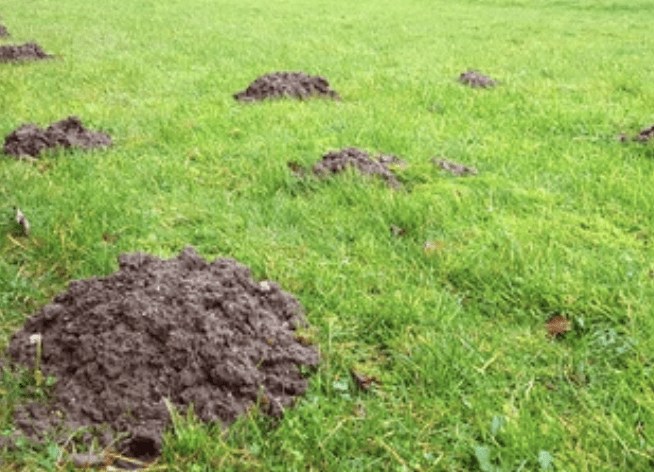
Moles are very territorial which makes them very difficult to eradicate once they have established themselves in your garden, so it is best to try to prevent them if there are signs of mole activity in neighbouring areas. If you do manage to remove a mole from your garden, there is a good chance another will take its place unless steps are taken to deter them. There are numerous methods of controlling moles, each with varying success rates. An organic, friendly way to discourage moles is to use natural repellents, such as garlic granules, which are a humane and safe way to deter moles from burrowing in your garden.
Aye’s Trouble-shooting Tips
Worm casts: Don't be tempted to use a garden hose to wash worm castings back into the turf, as wet soil will force even more worms to the surface. Instead, wait until the castings have dried and then brush them away.
Nematodes: Nematodes are microscopic creatures, that act as parasites on other insects–therefore offering an organic, harmless way of keeping common lawn pests under control. Nematodes are specific to the host pest, so that other wildlife in your garden is not affected



